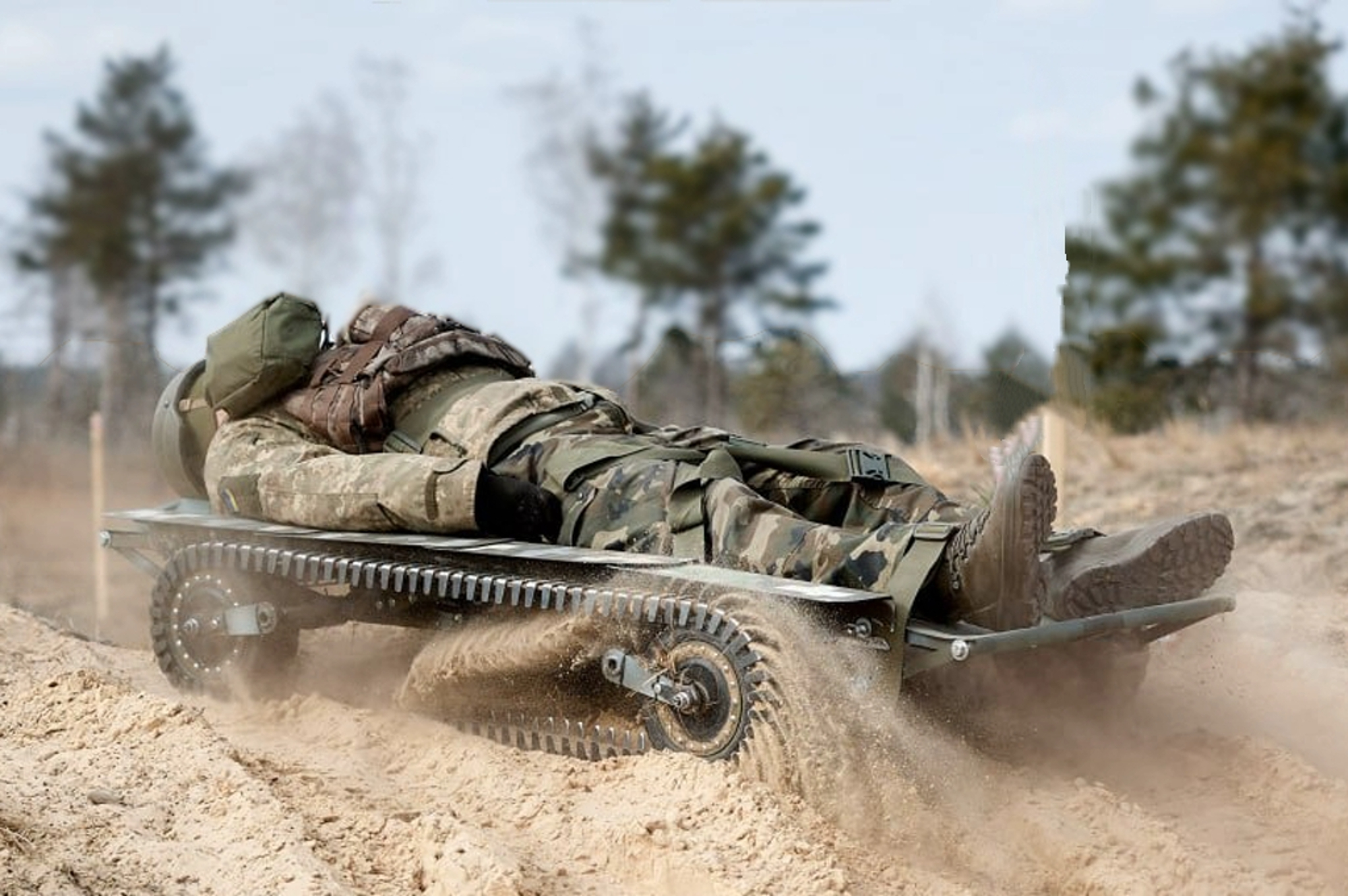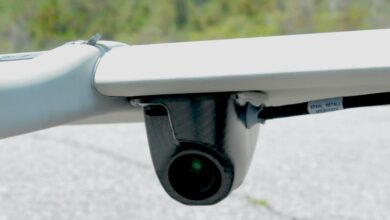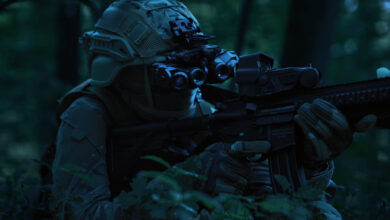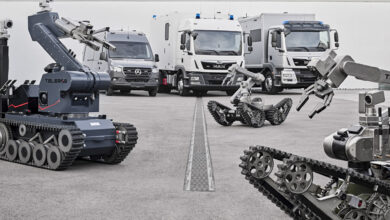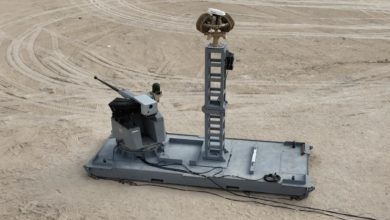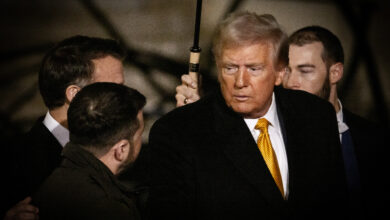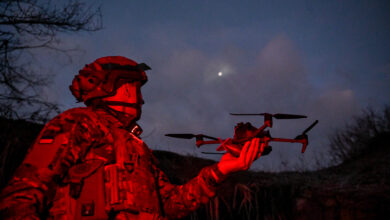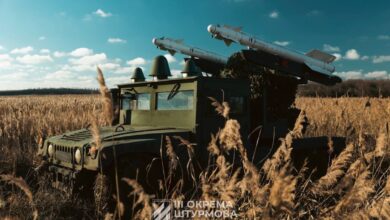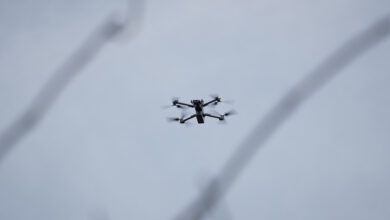The Ukrainian Ministry of Defense has approved the supply of FoxTac unmanned evacuation and logistics transporters for the armed forces.
Screened by the government’s defense innovations arm Brave1, the robotic systems will serve as platforms to move military equipment and injured personnel from the battlefield and into safe areas.
A FoxTac is controlled by a remote device that supports up to 700 meters (2,297 feet) of connectivity.
The four-wheel vehicle drives with minimal sound and measures approximately 40 centimeters (15.7 inches) high, enabling inconspicuous operation across fields with vegetation, off-road, and other complex terrain.
Ukraine’s former Deputy Prime Minister and Digital Transformation Minister Mykhailo Fedorov noted in a Telegram update last February that the FoxTac’s power reserve can cover up to 10 kilometers (6.2 miles).
“There are no universal means and methods of evacuation,” Ukraine’s defense agency said in a recent press release.
“Each time, combat medics choose the transport and method of evacuation depending on the current circumstances: the nature of the combat situation, the terrain, the level of camouflage, the number of wounded and the severity of injuries received by servicemen.”
“Thanks to the applied design solutions, “FOXTAC” can be transferred from transport to working position in a matter of minutes. It can carry cargo weighing up to one and a half hundredweight, that is, a wounded soldier in full combat gear, [and] ammunition to the position.”
Transporter Drones for Modern Warfare
In May, the Ukrainian Strategic Industries Ministry completed an evaluation of the FoxTac on safe medical evacuations.
When deployed, the system and additional stretchers manufactured by other developers carried many patients and accomplished long transport timelines as expected with the given scenarios.
Ukrainian Armed Forces Medical Service Lt. Col. Ihor Shcherbakov explained the importance of robotic assets for the safety and readiness of warfighters during the event.
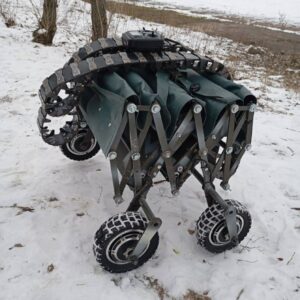
“For the Medical Forces Command, as for any commander, saving the lives of our servicemen is a key priority,” Shcherbakov remarked.
“The realities of modern warfare require us to develop new progressive, technological solutions for medical evacuation. The enemy is using modern deadly weapons against us. The front line is heterogeneous. There are areas with lots of sand, water and forest. Sometimes the defence is carried out in difficult urban conditions.”
“That is why the methods of medical evacuation of the wounded used in previous wars (World War II, Soviet-Afghan War, Chechen Wars) are not effective enough in our realities. Today, robotic systems are the solution that can save the life of a wounded person, reduce evacuation time and maintain the combat capability of a unit under any conditions.”

